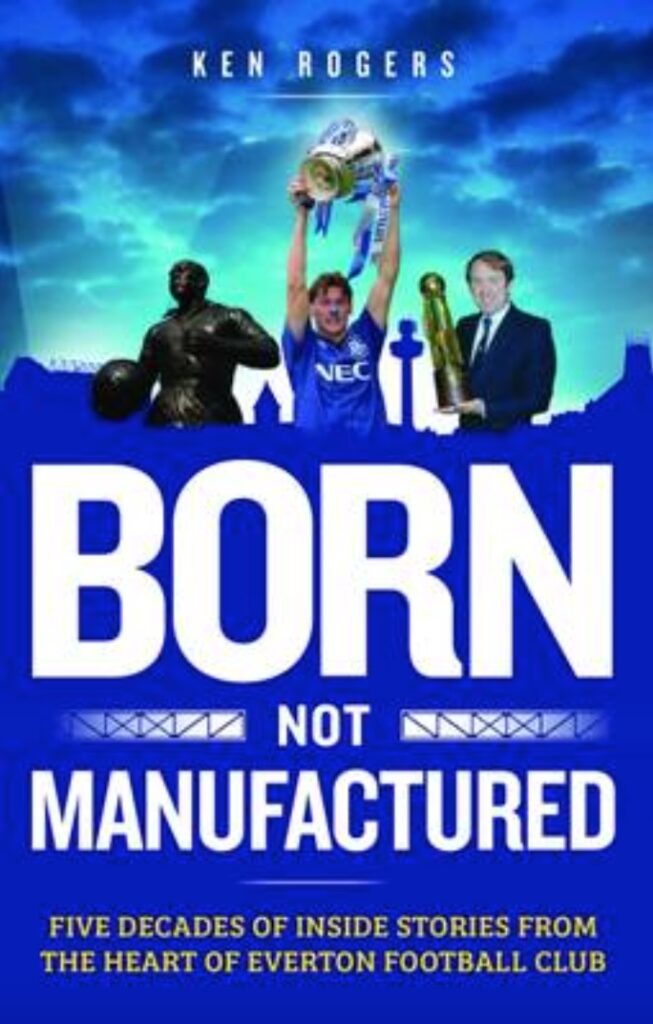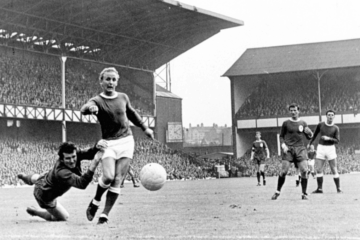By Ken Rogers
Historian Simon Inglis, in his book ‘Football Grounds of Britain,’ observes that clubs often achieve prominence by luck rather than design, while the very being of some has been determined by ground developments.
He was specifically referring to Everton and their historic 1892 Goodison Park home, stating that the Mersey Blues can rightly claim to have built England’s first major football ground with many firsts along the way. Wolves opened Molineux three years earlier, but it was relatively basic, as was Newcastle’s St James’ Park. The only British grounds as advanced as Goodison were Rangers’ Ibrox (1887) and Celtic’s Parkhead (1892).
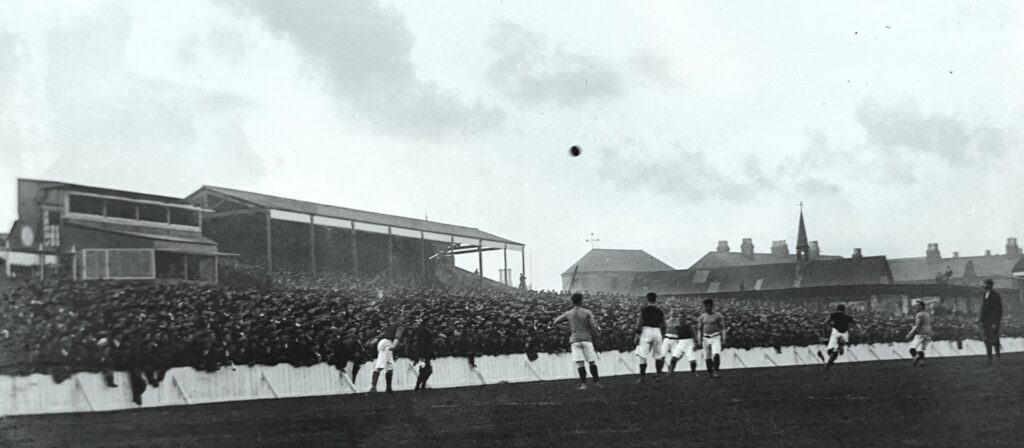
Contemporary sports magazine ‘Out of Doors’ declared: ‘Behold Goodison Park! No single picture can take in the entire scene the ground presents, it is so magnificently large, for it rivals even the great American baseball pitches. Taking it all together, it appears to be one of the finest and most complete grounds in the kingdom’.
I was extremely proud in 1992 when I was commissioned to write the official centenary history of Goodison, not least because Evertonians know their heritage very well and sing about it in a famous battle hymn. Of course, ground development has taken on a whole new meaning these days as clubs reach for the skies. Everton’s new Hill Dickinson stadium is up there alongside Liverpool’s imaginatively redeveloped Anfield and other major club stadia.
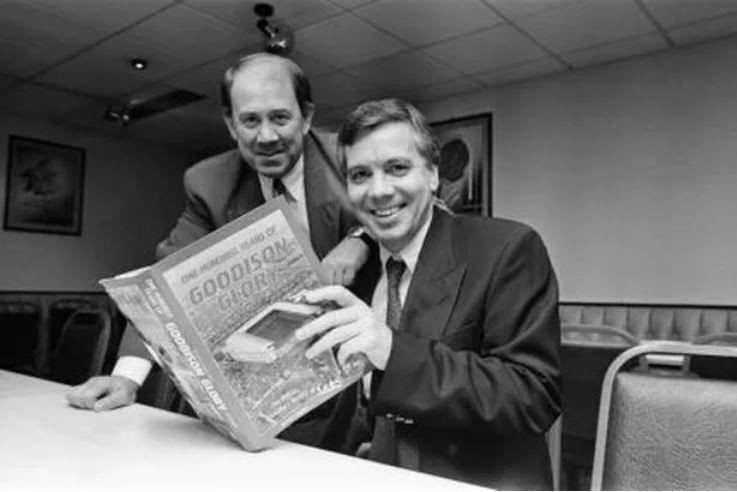
Where is the next century taking us on that front? I took a fascinating backstage tour of Hill Dickinson last week that finished on the edge of the immaculate pitch. Looking from the riverside West Stand to the East Stand, I smiled while recalling an image used in an early chapter of my Goodison centenary history book.
It featured eight leading local football writers of the day, sitting around a table on the Goodison Road side prior to kick-off. They look very smart in their boaters and caps against a backdrop of the old Bullens Road grandstand. Fourth from the left is John Wolfe, father of a former Echo sports desk colleague of mine, the late Harold Wolfe.
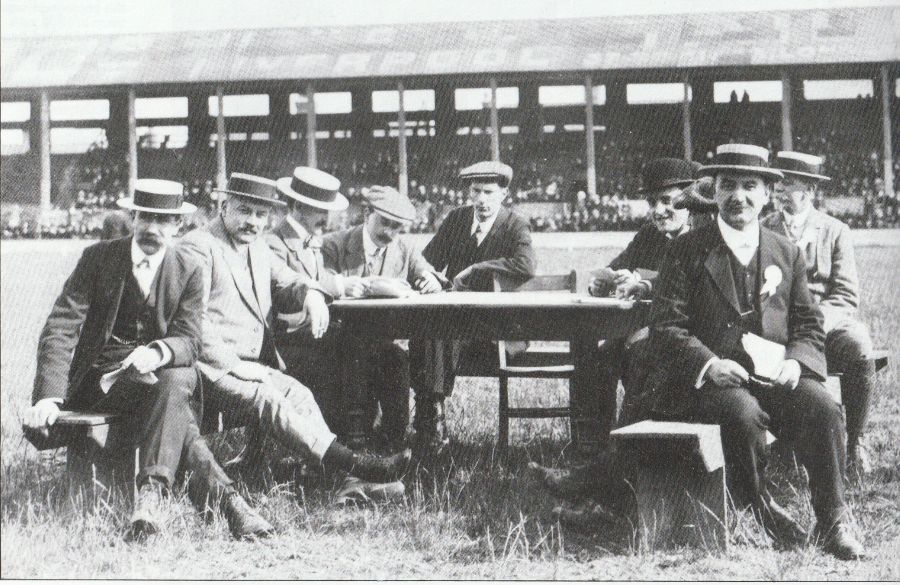
Bullens Road was the main stand in those days, the place where players changed and emerged for the kick-off. Goodison Road early on was effectively an enormous open terrace with a small wooden structure where the media and the directors sat. It would be 1909 before an enormous double decker Main Stand was built, designed by the legendary Archibald Leitch. This now contained the dressing rooms.

It would remain in all its majesty until 1969/70, when it was replaced by the triple decker giant that still stands today, unexpectedly saved a few months back after it was ambitiously decided that the Everton Women’s team would now play in its immense shadow. The fact that the bulldozers were prevented from destroying Goodison’s ‘Field of Dreams’ has been widely applauded.
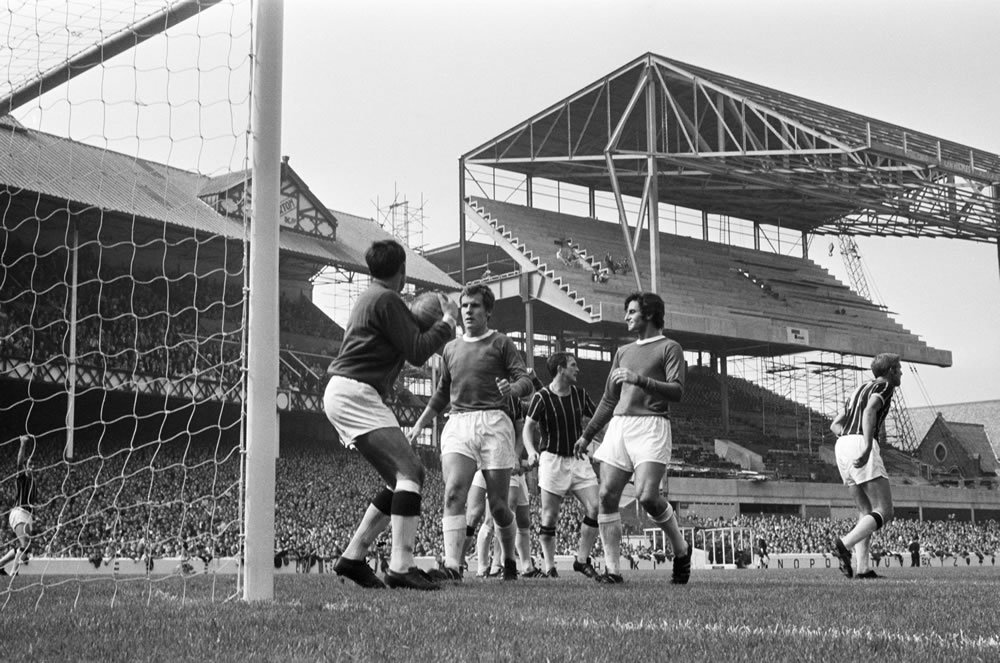
Regarding the early 1900s image referred to and the accompanying hand drawing by Echo artist Josh Fisher, reporter John Wolfe used to tell son Harold about those Victorian days before phones became standard in press boxes. The Echo’s Goodison (and Anfield) correspondents would go to games with a basketful of pigeons.
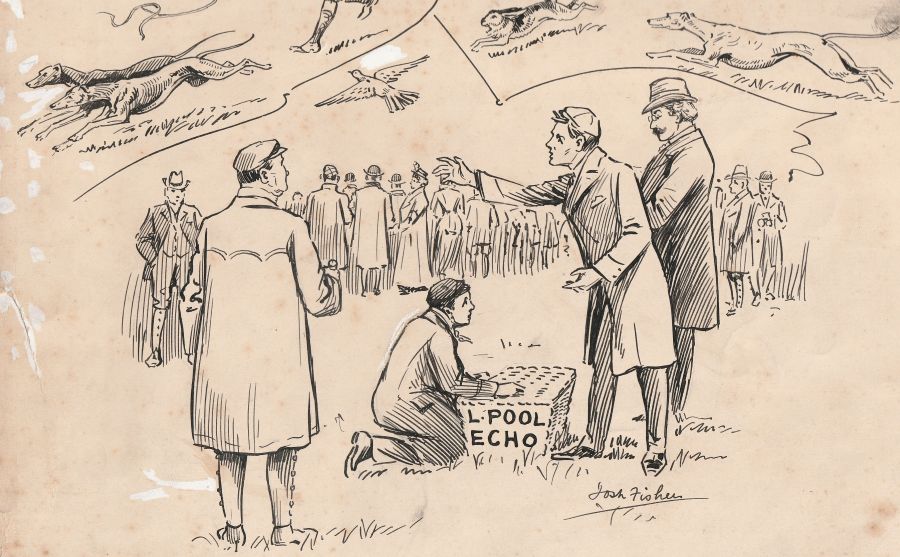
These would be used specifically for late goal messages and other basic info, including the final result, carefully attached to the legs of homing pigeons. The birds would instinctively fly to the old Echo office in Victoria Street, which had a pigeon loft on the roof, serving editions like the historic Football Echo. Pigeons would also be used to report results at other outdoor events, notably the former hare coursing Waterloo Cup with its greyhounds.
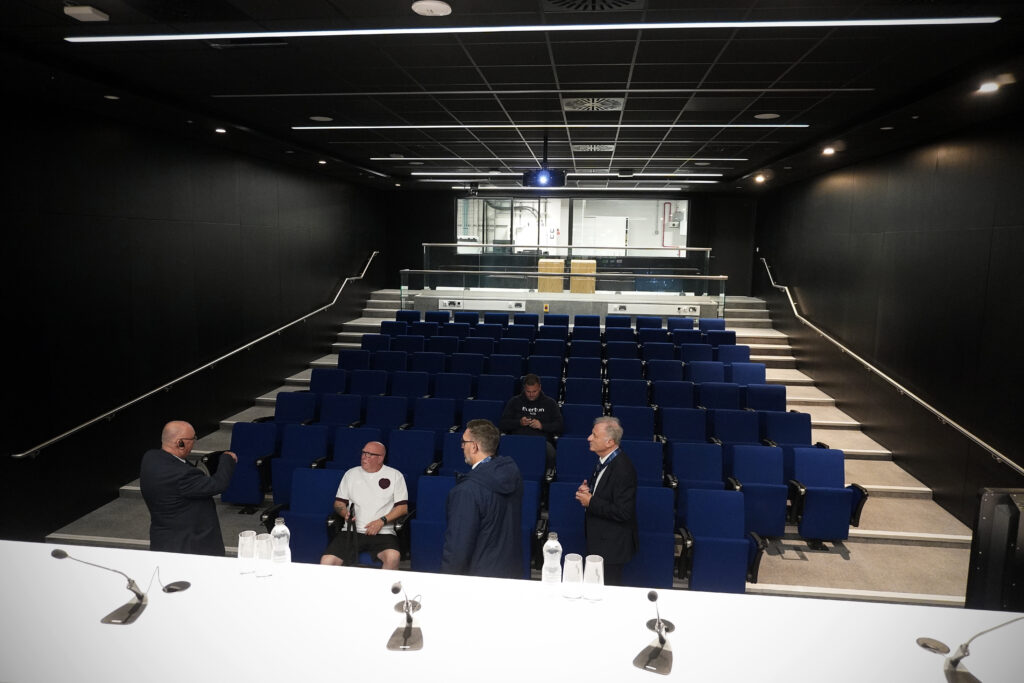
Everton’s new Hill Dickinson Stadium is one of the most advanced in the country in terms of internet connectivity with fans able to connect to free wi-fi. The system also supports things like the new digital ticketing process. Technology can do everything except win you matches. Some things never change, but the pigeons remain on standby!
___________________________________________________
As well as on this website, you can read many more of Ken’s stories in Born Not Manufactured and he appears on our first edition of the Everton Heritage Show.


